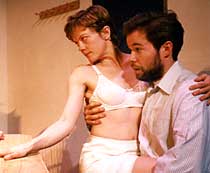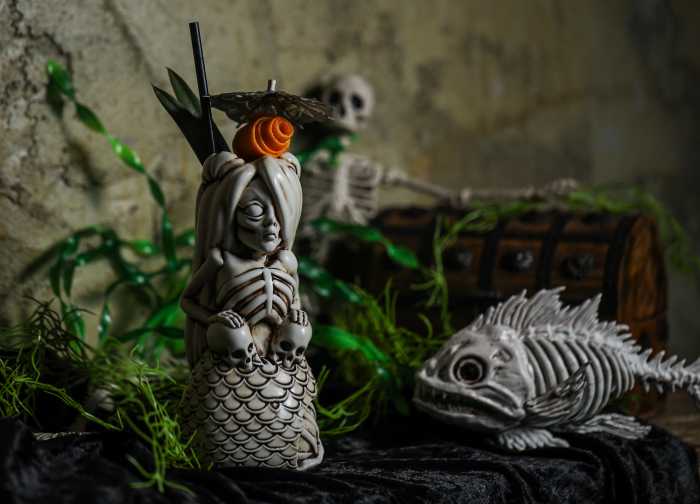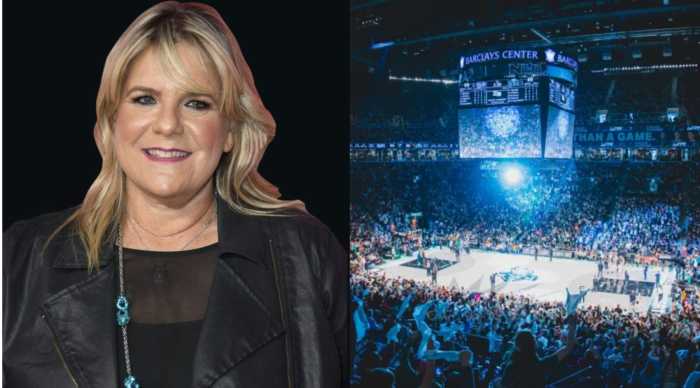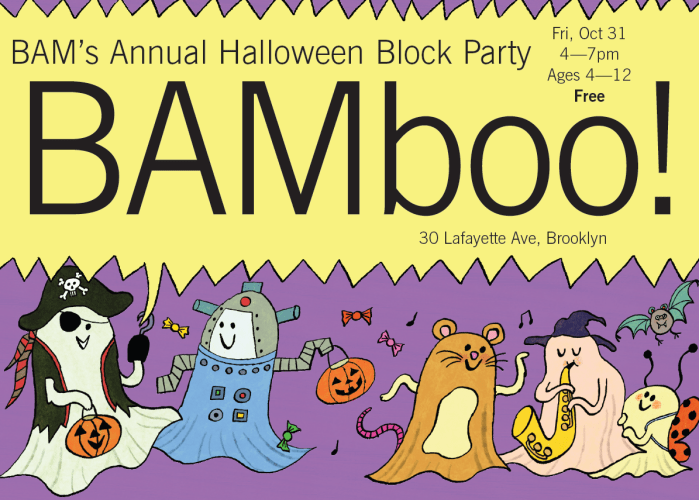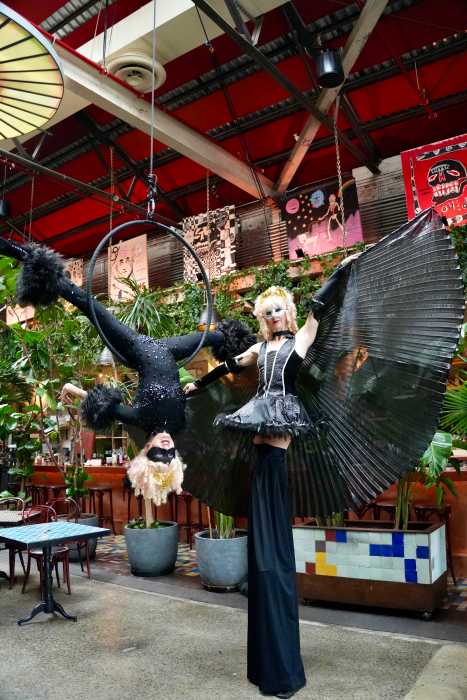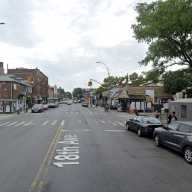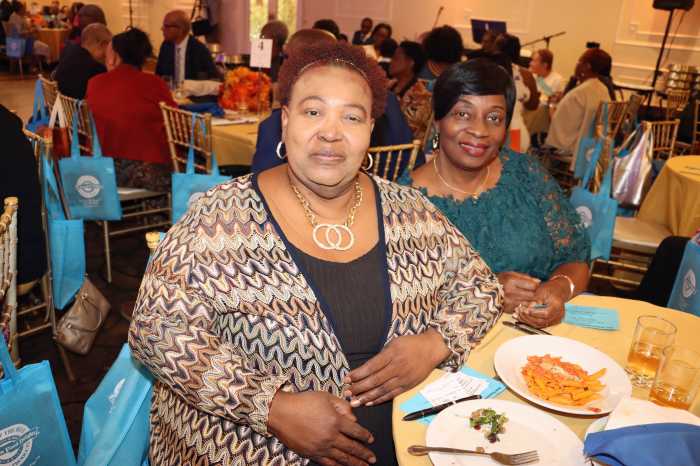Joan Crawford and Bette Davis came out
of semi-retirement in 1962 to star in the classic thriller "What
Ever Happened to Baby Jane." The aging film stars played
aging film stars in a movie about a sadomasochistic sister-sister
relationship that erupts when the Davis character finds out the
Crawford character is planning to put her in a sanitarium, causing
Davis to decide it’s time to make her theatrical comeback – and
settle a few scores.
"The Beauty Queen of Leenane," now on stage at the
Gallery Players, has much of the suspense and surprise of "Baby
Jane." But it doesn’t have Crawford and Davis.
The play, which opened at the Walter Kerr Theatre in March 1998
after a successful London run, is about a sadomasochistic mother-daughter
relationship that erupts when a handsome young man enters their
lives.
In the fine tradition of Anglo-Irish playwrights, 27-year-old
Martin McDonagh wrote a script that unsparingly portrays the
Irish in all their poverty and pettiness, creativity and callousness.
With cruel and clear insight, and a generous dose of Irish humor,
McDonagh shows how romance both flourishes and withers in this
most contradictory of countries.
In the Gallery Players’ staging, directed by Bradley Campbell,
Dolores Kenan is the mother, Mag Folan, a manipulative, overbearing
woman who has deprived her daughter of every chance for romance
in her largely barren life. Janet Dunson is her daughter, an
old maid who has spent her entire life caring for her whining
mother.
Kenan complains, demands and tortures her daughter by throwing
the contents of her bedpan down the kitchen sink (which leads
to some too-cute potty humor). Maureen retaliates by cruelly
imagining her mother’s death, forcing her to eat food she hates
(remember the rat in "Baby Jane"?) and subjecting her
to physical abuse.
Then Ray Dooley (Garry Burgoyne) delivers an invitation to Maureen
for a goodbye party being held in the neighborhood. There she
dances with his brother Pato (David Keller). After the last dance,
Maureen realizes Pato may be her last chance at happiness. She
invites him home to spend the night, and they promptly fall in
love.
Pato leaves to work in London, but he doesn’t forget Maureen,
who goes on living and locking horns with her mother. In the
ensuing battle between mother and daughter, Mag uses all her
wiles to thwart the relationship, while Maureen fights for her
life and her love.
Keller, who must have a touch of the Irish in him, plays Pato
beautifully and believably. His monologue in which he composes
a heart-rending and hilarious letter to his love is a veritable
tour-de-force. And Burgoyne, who serves mostly as a messenger
and a catalyst, gives admirable depth to a supporting role.
But the play gets off to a slow and shaky start, mostly because
it’s not clear just how pernicious the mother-daughter relationship
really is. Kenan sometimes unwisely trades a powerful punch for
a comedic punch line. Her character does not seem nearly vicious
enough to merit her daughter’s enmity or insanity.
Dunson seems to understand her role. She is both diabolical and
at times diabolically funny, but she is far too young and attractive
to convey the kind of despair a 40-year-old virgin must feel.
What’s more, Todd M. Reemtsma’s set – a meticulously reproduced
country kitchen – is not quite mean enough to communicate the
spiritual and physical poverty of the Galway village in which
these people live.
Despite this weak foundation of the first act, however, Act II
is riveting drama. Burgoyne, the angry and impatient messenger,
provides tantalizing suspense as he hesitates between leaving
Pato’s letter with Mag or waiting until Maureen comes home and
hand-delivering it as instructed. And Kenan seems to have finally
found the vicious streak she lacked in Act I.
"The Beauty Queen of Leenane" is certainly not an easy
play to stage. Its combination of black humor, brutal reality
and whimsy is demanding for not only the director and actors,
but also the audience, which finds itself trying to remain standing
on shifting sands from beginning to end.
The Gallery Players’ staging may not be entirely successful,
but it does have enough powerful moments – moments that are painful
and painfully funny, moments that will have you on the edge of
your seat and jumping out of your seat – to make it well worth
seeing.
The Gallery Players’ production of "The Beauty Queen of
Leenane" runs through March 9, Thursdays through Saturdays
at 8 pm, Sundays at 3 pm. Tickets are $15, $12 students and seniors.
The Gallery Players theater is located at 199 14th St. between
Fourth and Fifth avenues in Park Slope. For reservations, call
(718) 595-0547.


